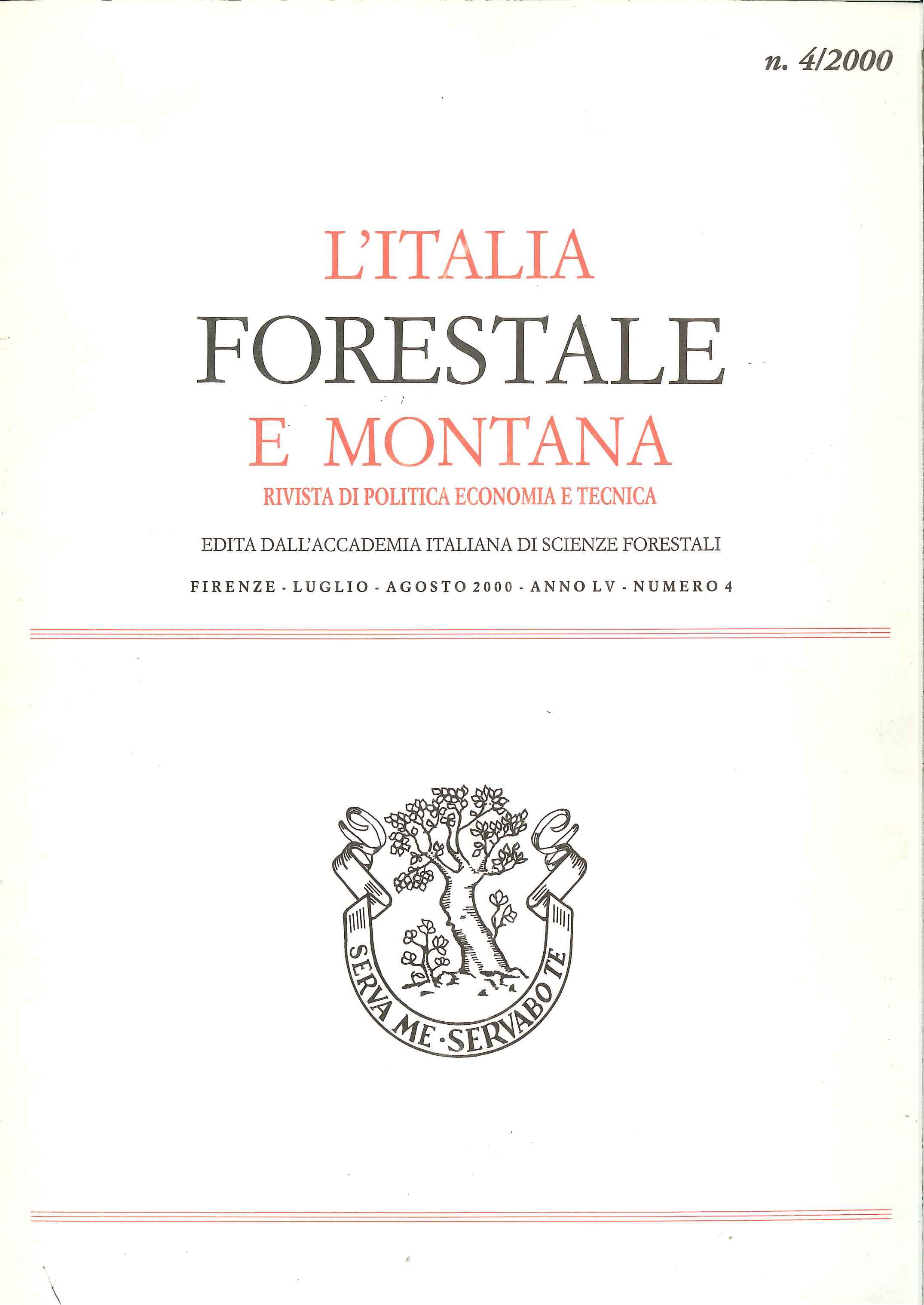Effects of different windbreaks on Arthropods population and bioagronomic characteristics on Sicilian citrus orchard
Published 2013-06-17
Copyright (c) 2013 Italian Journal of Forest and Mountain Environments

This work is licensed under a Creative Commons Attribution-NonCommercial 4.0 International License.
Abstract
During 1997-1999 a research was carried out in an orange orchard characterized by the presence of windbreaks of Olea europaea var. cipressino, Cupressus arizonica, and natural vegetation, to evaluate the effects of windbreaks on Arthropods and on the culture. Arthropods were sampled both on the windbreak trees and on the orange trees by a suction sampler; furthermore, a comparison was made between the orange row near the windbreaks and the 5th one, both using yellow sticky traps and sampling scale insect on small branches. As far as the effects of the windbreaks on the plants, they have been carried out measures of the growth increase of the trunk and has been estimated the productivity. Arthropod diversity and abundance, were positively influenced by the presence of windbreaks, particularly Rubus ulmifolius. The scale insect Aonidiella aurantii resulted significantly more abundant on the orange rows near windbreaks than in the 5th orange. The growth and productivity of orange trees near windbreaks resulted negatively affected, both for root concurrency and shadow. On the whole, the negative effects of the windbreaks both on Arthropods and on the orchard seems to be largely compensated by the increased biodiversity and stability of the agroecosystem. In a strongly modified habitat the windbreaks could be considered helpful elements for conservation of plant and animal species, for which they represent the only suitable niche.

